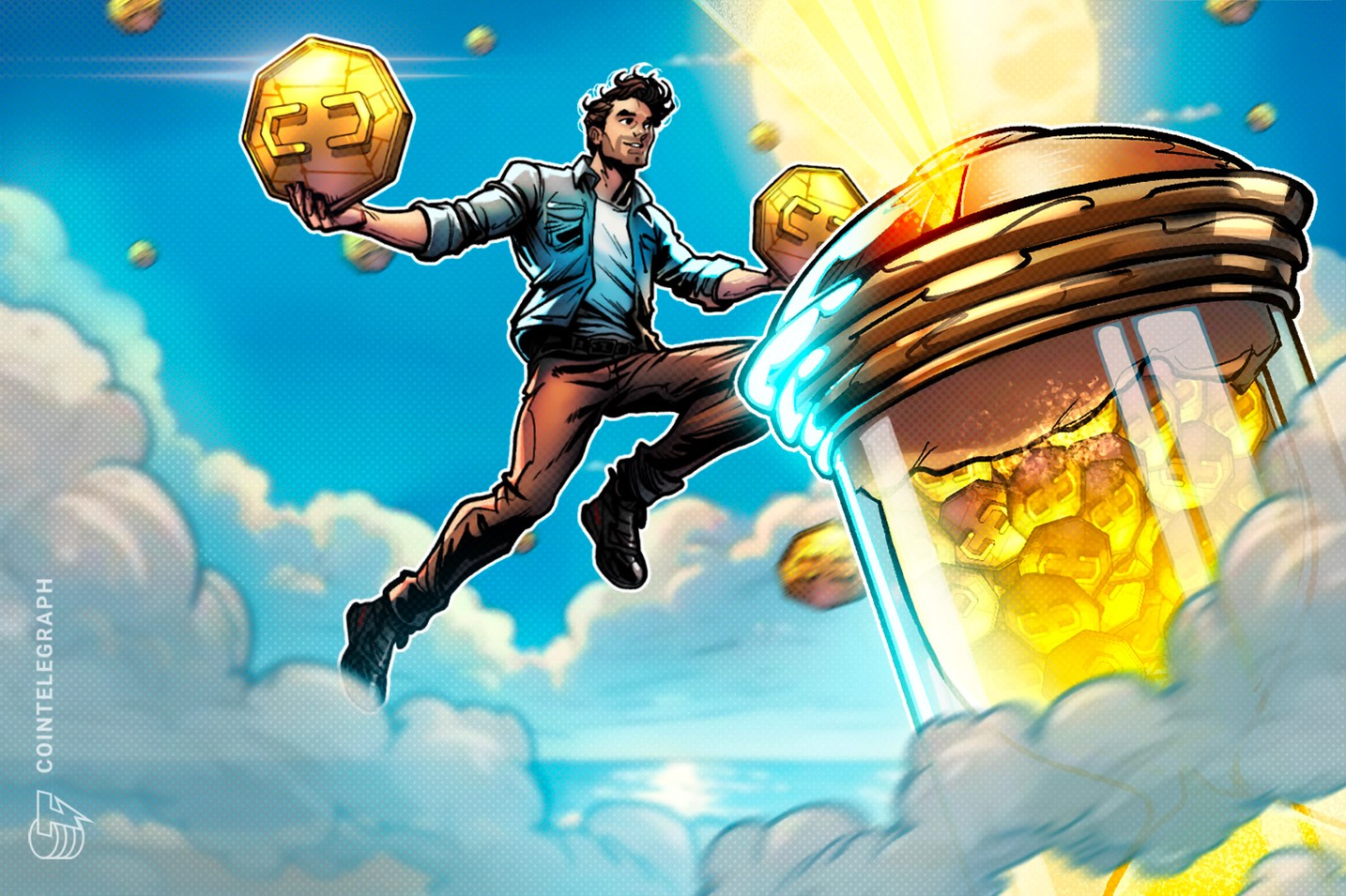Eli Ben-Sasson, the CEO of StarkWare, announced at EthCC on July 10 that the company plans to introduce staking by the end of 2024 through a Starknet improvement proposal (SNIP).
If the community approves the SNIP, Starknet staking is expected to go live on testnet soon, followed by the mainnet launch in the fourth quarter.
A GitHub repository for the new staking feature will be publicly available throughout the development process.
In a written Q&A with Cointelegraph, Ben-Sasson explained that staking would enable Starknet tokenholders to “participate in core activities of a decentralized network.”
“Over time stakers will gradually receive more responsibilities, with rewards conditioned on performing these responsibilities. After a PoS protocol has been fully implemented, stakers will be the key entities that maintain and operate Starknet.”
Starknet staking
According to a press release shared with Cointelegraph, the SNIP would allow users to become a staker provided they hold the minimum staking amount or delegate to an existing staker.
Users involved in staking, either as a staker or through delegation, can expect a proportional reward in the amount they stake.
Rewards are set to follow the minting curve proposal, which was well received by the Starknet community and published in February.
The minting curve proposed that the more tokens staked, the higher the total minting rate, and the lower the staking reward as a percentage of the staked amount.
Ben-Sasson explained that “the core idea of the minting curve mechanism is to strike” a balance, encouraging participation while keeping inflation in check, “and ensuring enough STRK tokens are available” for other network activities.
Rollout details
According to the press release, Starknet staking will be rolled out in several stages, first requiring stakers to connect to Starknet, interact with staking contracts and follow protocol staking rules.
At first, stakers will be expected to run full nodes in preparation for validation activities.
During this stage, the StarkWare team, Starknet Foundation, and the community will analyze onchain staking data to refine technical and economic parameters for subsequent updates.
The following stages will require stakers to provide real-time attestations and perform proving and sequencing activities to secure the network.
On the topic of staking and future governance, Ben-Sasson stated:
“Staking power will, in due course, enable voting power, ensuring that those who are actively contributing to the network have a say in its direction and decisions.”
Starknet $25 million token distribution
On May 28, the Starknet Foundation announced that it would distribute 20 million Starknet (STRK) tokens to the most advanced projects on the network.
Diego Oliva, the CEO of Starknet Foundation, told Cointelegraph that the team considered a “range of metrics” when deciding on the distribution as part of its Catalyst program.
Starknet Foundations Catalyst is a grant program that aims to speed up the development of Starknet’s Ethereum layer-2 solution based on zero-knowledge rollup technology.
